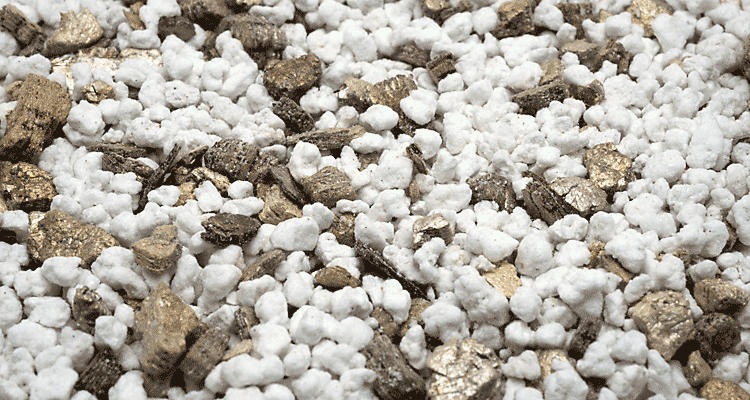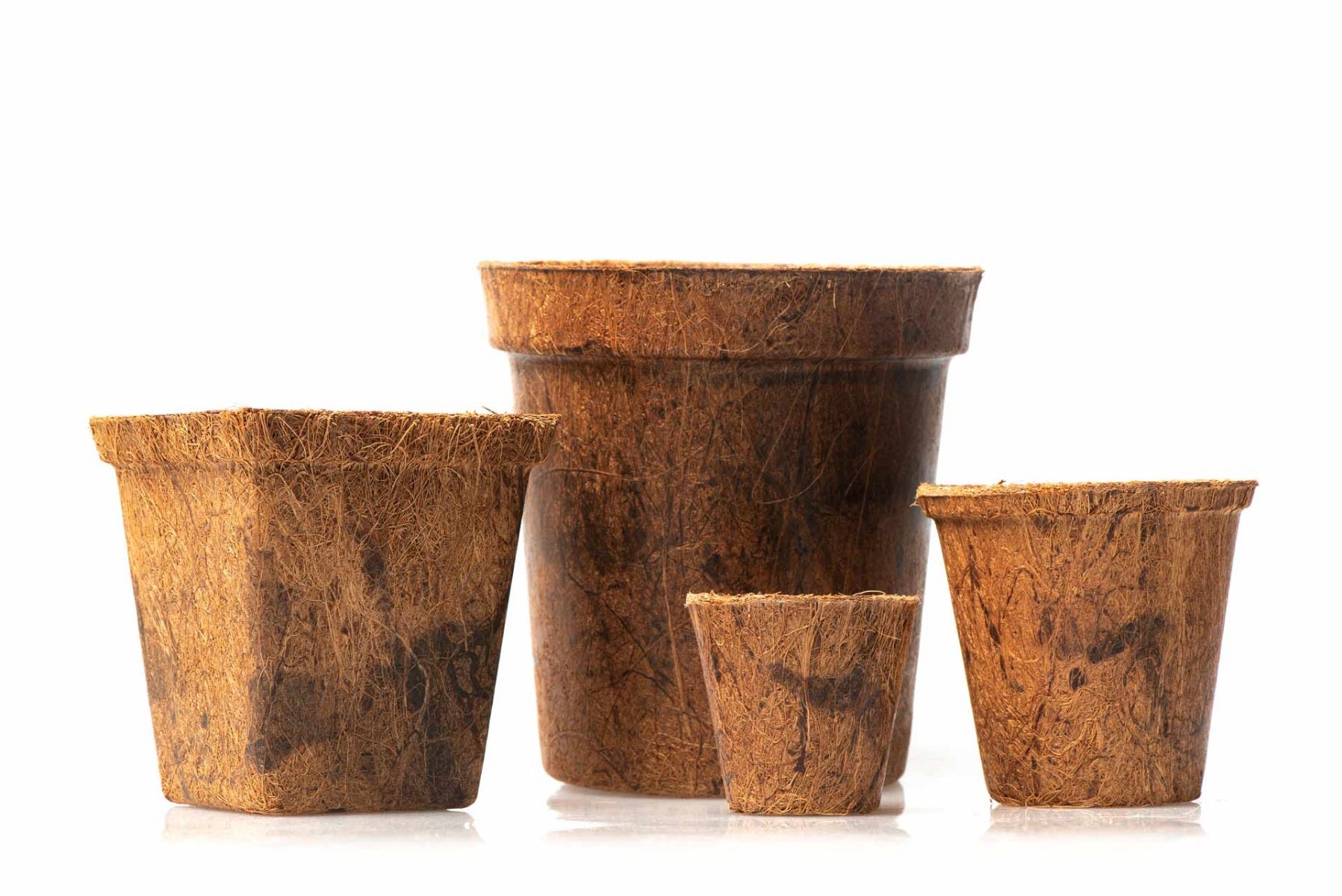
Choosing the right indoor growing supplies for your hydroponic gardening system is the key to your sucess when it comes to growing hydroponically.Outdoor plants extract nutrients and water from the soil, and they dig their roots into the earth to hold themselves up to the light.
In hydroponic gardening systems, the roots have almost constant exposure to the nutrient solution, but they need a medium to support their tops. Consider these factors when choosing a medium for your setup.
Perlite

What: You’ve probably seen perlite glittering in the pots of houseplants. It’s a kind of volcanic glass (composed chiefly of silica) that has been superheated until it explodes. Perlite is mixed into potting soil, but it also works alone as a soilless medium in hydroponic systems.
Pros:
- Perlite pulls moisture from reservoirs and gradually disperses it to plants’ roots.
- It’s naturally sterile, helping to protect your plants from diseases.
- You can find perlite at any garden center, and even large amounts are very inexpensive at big-box home stores.
Cons:
- Tiny little grains of perlite tend to wash away when the growing system is flushed, so you must continually replenish it or your plants’ roots may be exposed to air.
- Perlite dust can irritate your lungs, so it’s best to wear a mask when working with it.
- Branded bags of perlite may have added fertilizer—stick with pure perlite so you keep control of your plants’ nutrient levels.
Best for: The tiny grains are especially useful when you’re working with small, fragile plants, such as when you’re starting clones.
Coir

What: Fiber gathered from coconut husks (a by-product of processing the fruits for food) is formed into large blocks, smaller bricks, or planter pots. It’s sometimes labeled “coco-peat” or “coco-coir.”
Pros:
- Coir holds as much as 10 times its weight in water.
- Like a sponge, coir holds moisture and slowly releases it.
- It is biodegradable, so you can dispose of it in your compost pile.
- Coir is a low-cost option that’s available wherever garden supplies are sold.
Cons:
- Coir’s moisture retention advantage can also be a drawback in reservoir systems because it can stay constantly wet, creating conditions that are hospitable to fungus around your plants.
- The fine particles are hard to keep out of reservoirs.
Best for: Blend it with clay pellets to increase water retention around roots or layer it on top of a perlite base.
Clay Pellets

What: Lightweight expanded clay aggregate is clay that’s been pelletized and fired in kilns until it expands into small, orangey-red balls. They’re often called grow rocks.
Pros:
- The superabsorbent pellets quickly suck up and hold excess moisture.
- Their round shape is sturdy and gentle on plants’ roots.
- They have a neutral pH and leach no minerals into the nutrient solution.
- Grow rocks are reusable, if you take the time to clean them thoroughly between each growth cycle.
Cons:
- As the pellets age, they break down and the clay can clog pumps and emitters.
- You can order bags of the pellets online, but they’re not found in every local garden center. And they’re more costly than perlite or coir.
Best for: Use in top-drip growing, where the nutrient solution can trickle down through the pellets to the roots.
Rock Wool
What: Basalt rock and chalk are melted at a very high temperature and then spun into fibers. Originally designed for use as insulation, rock wool is now formed into various sizes of cubes, typically with convenient planting holes in the center.
Pros:
- Of the nutrient solution applied to rock wool, 98 percent is available to the plant.
- The open pore structure leaves room for roots to grow.
- Rock wool does not leach minerals into your nutrient solution.
Cons:
- Rock wool must be sterilized before each successive use, and it eventually loses its structure.
- It’s not biodegradable.
- It has a higher pH than other media. Remember to watch the pH carefully and be prepared to bring it to the range best suited for indoor growing with phosphoric or citric acid.
Best for: Aeroponic systems, in which the roots are exposed and only the top of the plant touches the medium, benefit from airy rockwool, which dries quickly, helping reduce the risk of diseases and fungi problems around the plants’ stems and crowns.
Which Hydroponic Growing Medium Would You Choose?
Give your answers on our Facebook page where you can share photos, watch videos, and even enter our weekly contests. If you find yourself wanting to learn more about hydroponics, gardening, organics, or lawn care, head over to our learning center where you can access tons of interesting and helpful information. Can't get enough of our great products and articles? Sign up for our e-newsletter to stay in the know about exclusive offers and products!



